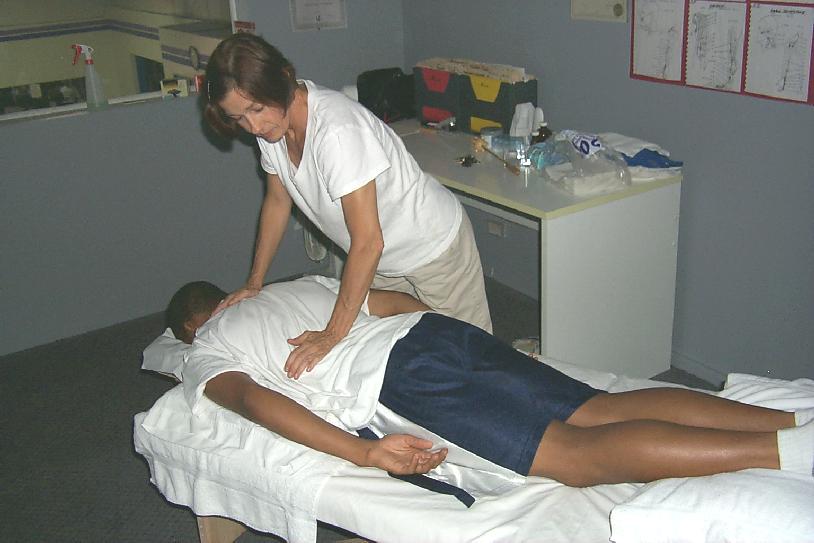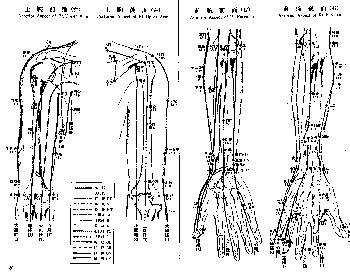

Shiatsu
Shiatsu is a type of massage, which originated in Japan. It is also known in the western world as Acupressure or Acupuncture without the needles.
It is an ancient form of bodywork that involves comfortable and sustained pressure applied to specific acupuncture points along the body to minimize stress and tension. The shiatsu theory is based on traditional Chinese medicine. The belief in a vital force of energy known as "ki" which flows through connected channels or "meridians" throughout the body. Each meridian is linked to an organ or psychophysical function, and it’s "ki" can be contacted at certain points (acupuncture points) along its path known in Japanese as "tsubos".
I good health, the "Ki" flows smoothly along the meridians, but when the body has been weakened by emotional stress or injury, the "Ki" becomes deficient (Kyo) or excessive (Jitsu).
The western understanding of shiatsu is that it works directly on the central nervous system to relax the body and to promote healing. The gentile stretching and pressure applied to the muscular skeletal system reduces tension in the muscles for faster recovery and improves flexibility in the joints.
Chinese Herbology
The history of ‘traditional Chinese medicine’ and the use of herbs have been passed along for thousands of years. Ancient herbs and formulas are widely used in China today as well as in our western society. A sophisticated system of diagnosis and herbal medicine is used by skilled practitioners in herbology and Chinese medicine. Formulas are combined based on the diagnosis and condition of an individual. Herbs are classified according to whether they have a warming or cooling effect on the body. For example: sweet herbs tonify "KI", sour herbs are astringent and salty herbs soften.
Acupuncture Charts
|
 |
